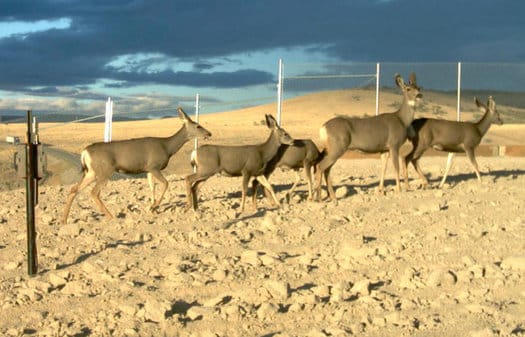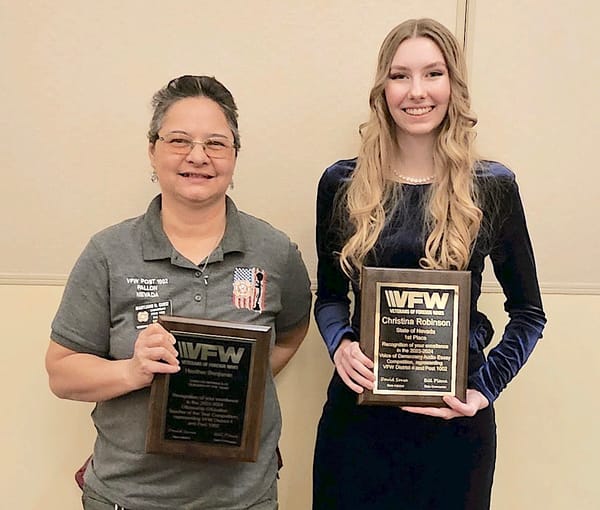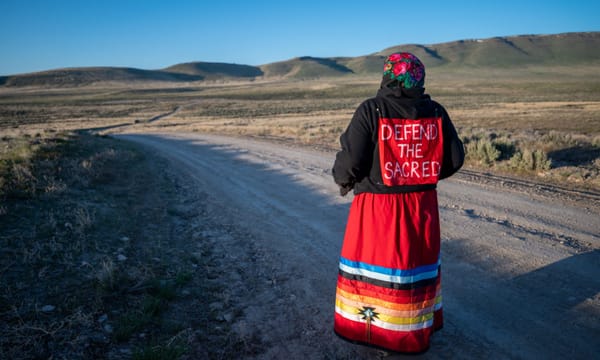Study Urges Feds to Prioritize NV Wildlife Migration Corridors

By Suzanne Potter – Producer, Contact
This story was originally published by Public News Service
CARSON CITY – The mule deer population in Nevada has dropped 15% over the last decade – and now a new study is urging the feds to better protect migration corridors.
Researchers from the Theodore Roosevelt Conservation Partnership say new Global Positioning System technology has led to detailed migration maps.
But Nevada Department of Wildlife Director Tony Wasley says the average federal Resource Management Plan in the state is 21 years old.
“And those plans speak to everything from wilderness administration and characteristics to wild horses and burros,” said Wasley, “invasive species, off-road travel, extractive industries, whether it’s minerals or fluids.”
About 85% of the land in Nevada is controlled by the Bureau of Land Management and the U.S. Forest Service.
Wasley said in the past, land managers thought migrating mule deer would just walk around an obstacle such as a pit lake or a waste rock dump – but new data show that’s not the case.
“These animals have incredible fidelity to these particular routes,” said Wasley. “And these routes are essential to their ability to get from productive summer range to lower-elevation winter range where they can survive the harsh winter conditions.”
Madeleine West – director of the Center for Public Lands at the Theodore Roosevelt Conservation Partnership – said we need to bring the latest science to bear to make sure migration routes aren’t threatened by habitat fragmentation from things like development and roads, and habitat loss from events like wildfire and the spread of invasive plants.
“Migration maps show where the animals are using the landscape at a high use,” said West, “where they’re using it at a lower use, where they’re stopping for rest and where they’re kind of bottlenecking and getting stuck.”
In recent years, Nevada has built multiple highway over- and under-crossings in order to reduce collisions and protect the mule deer as they migrate.
Support for this reporting was provided by The Pew Charitable Trusts.





